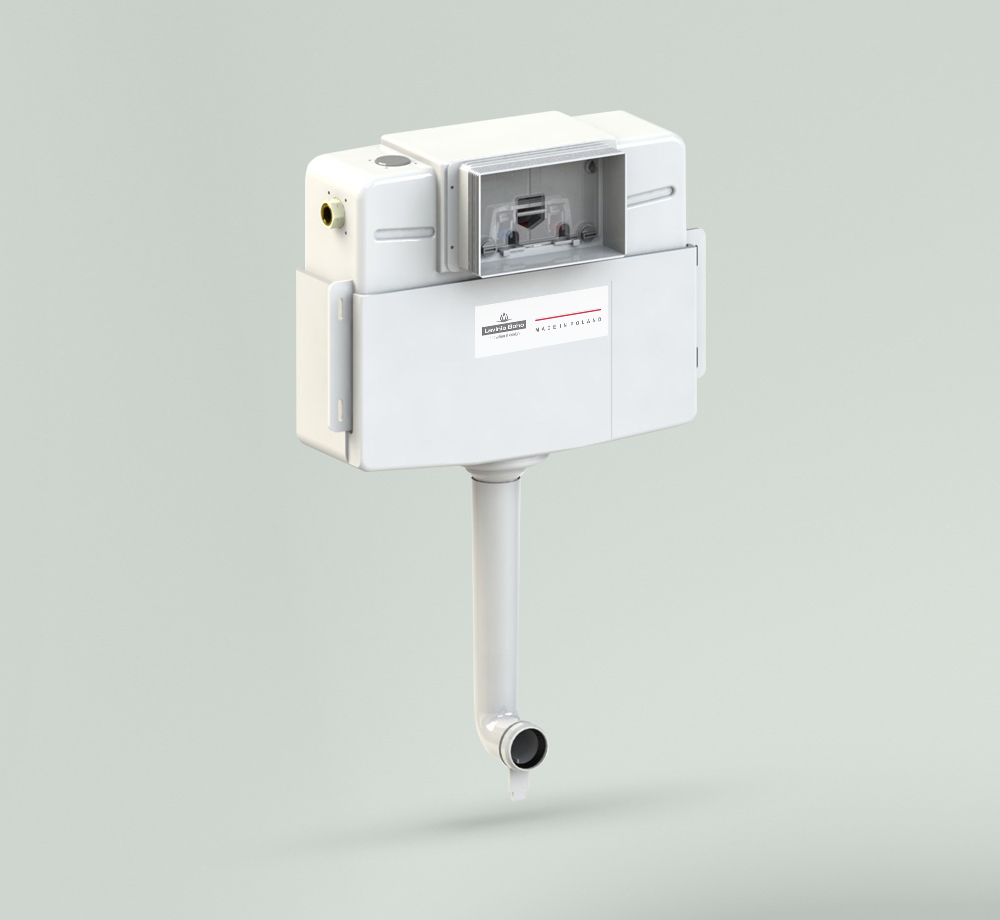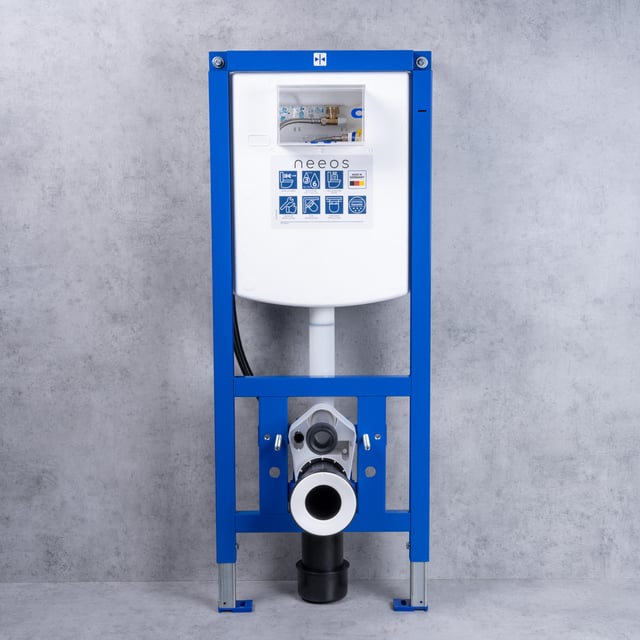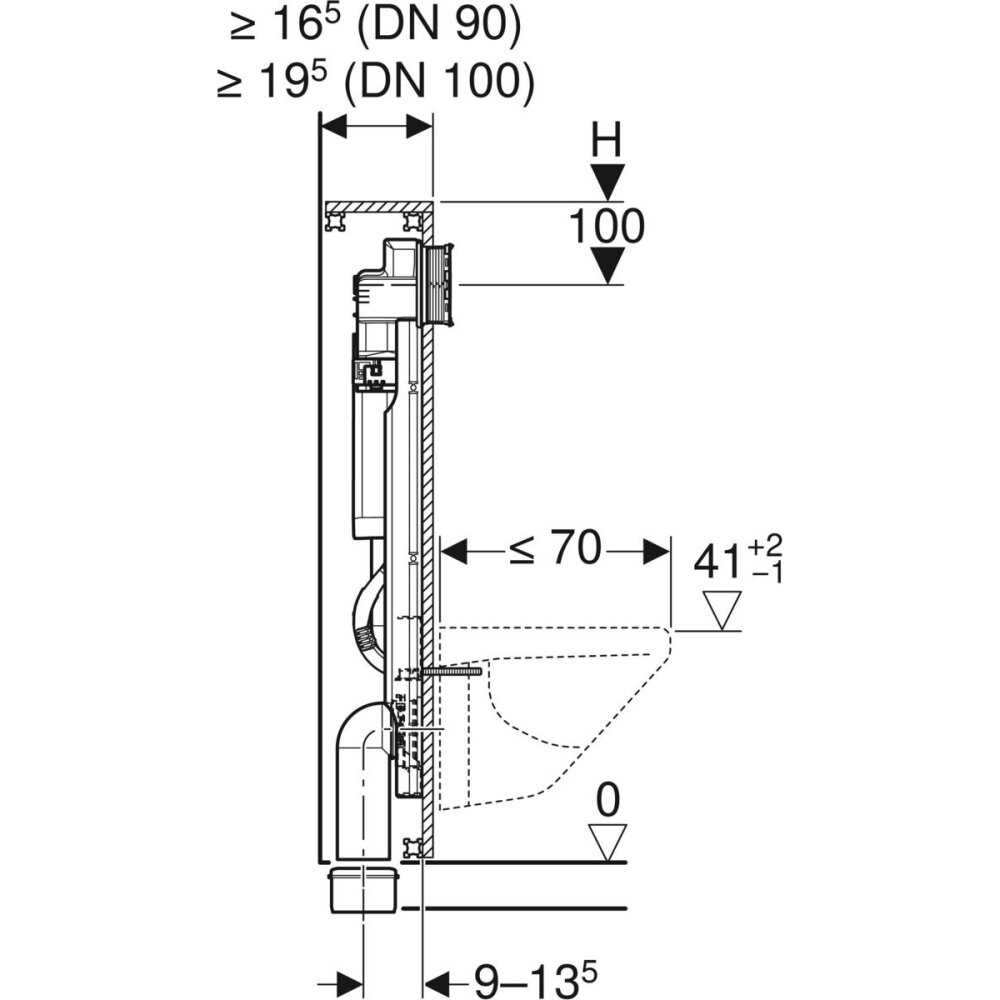
Unterputz-Spülkasten reinigen und entkalken: Warum das so wichtig ist und welche Mittel Sie verwenden können

Vorwandelement Unterputz WC Unterputzspülkasten Spülkästen Für Wand-WC Vorwandspülkasten Montageelement Hängewand Element+Drückerplatte (Drückerplatte 1) : Amazon.de: Baumarkt

vidaXL Wand Hänge Toilette Unterputz Spülkasten Keramik Weiß Softclose WC Sitz : Amazon.de: Baumarkt

Geberit GIS Wand-WC-Element min. 114 cm Unterputz-Spülkasten Unterputz 320 für Geruchsabsaugung für 245,51 €

SANITOP WINGENROTH Vorwandelement WC, 11 l, Unterputzelement mit Unterputz- Spülkasten, direkt anschließbar, Bis 20 cm höhenverstellbar, Unterputz, Spül-Stopp-Funktion, 303002
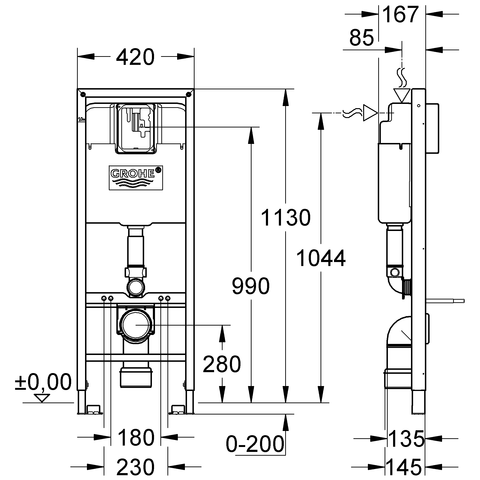
WC - Trageelement Rapid - SL Grohe NEU mit Unterputz - Spülkasten 6 l behinderten Montage BH : 1130 cm

112cm) WC Vorwandelement für Trockenbau Unterputzspülkasten Spülkasten Wand WC hängend 112 cm inkl. Schallschutz - Probaumarkt

Geberit Kombifix Element für Wand-WC 108 cm mit Omega Unterputz-Spülkasten 12 cm 110.020.001 - HORNBACH Luxemburg
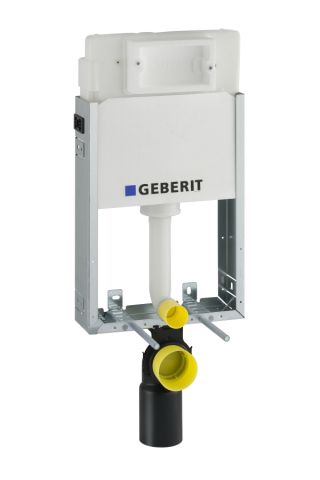
Wand - WC - Montageelemente Kombifix Basic Geberit mit Unterputz - Spülkasten Unterputz 100 6 / 7.5l 2M für
Geberit Kombifix - Installationselement für Wand-WC, 108 cm, Unterputz- Spülkasten SIGMA 12 cm 110.302.00.5 | Sanitino.de
Geberit Duofix - Montageelement für Wand-WC, 112 cm, Unterputz - Spülkasten SIGMA 12 cm, freistehend 111.380.00.5 | Sanitino.de
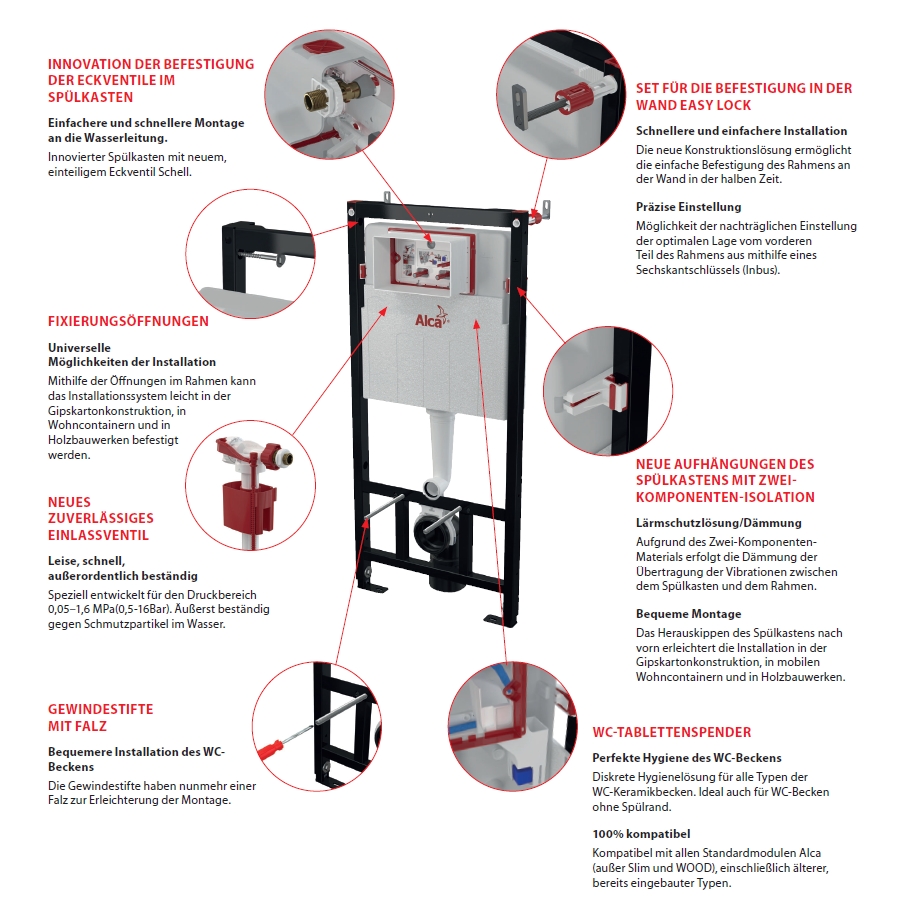
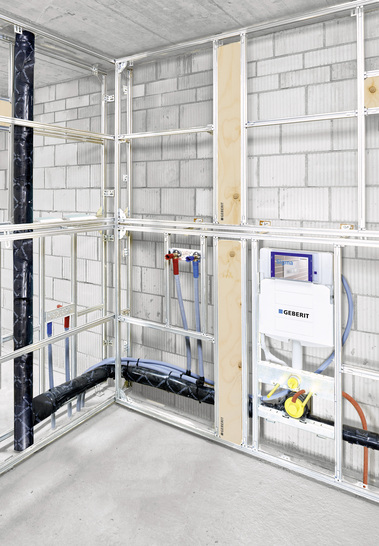
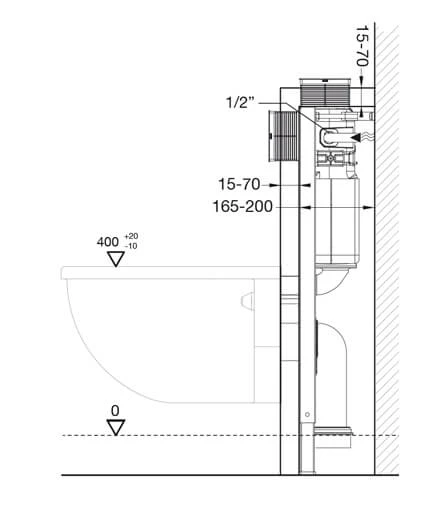
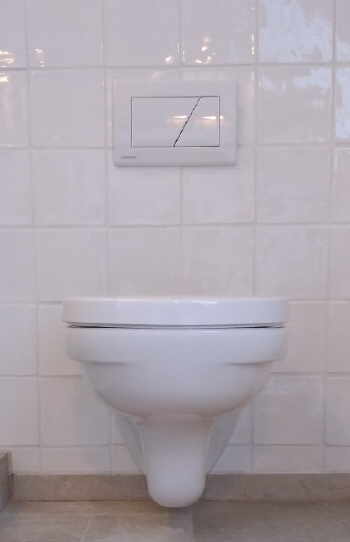

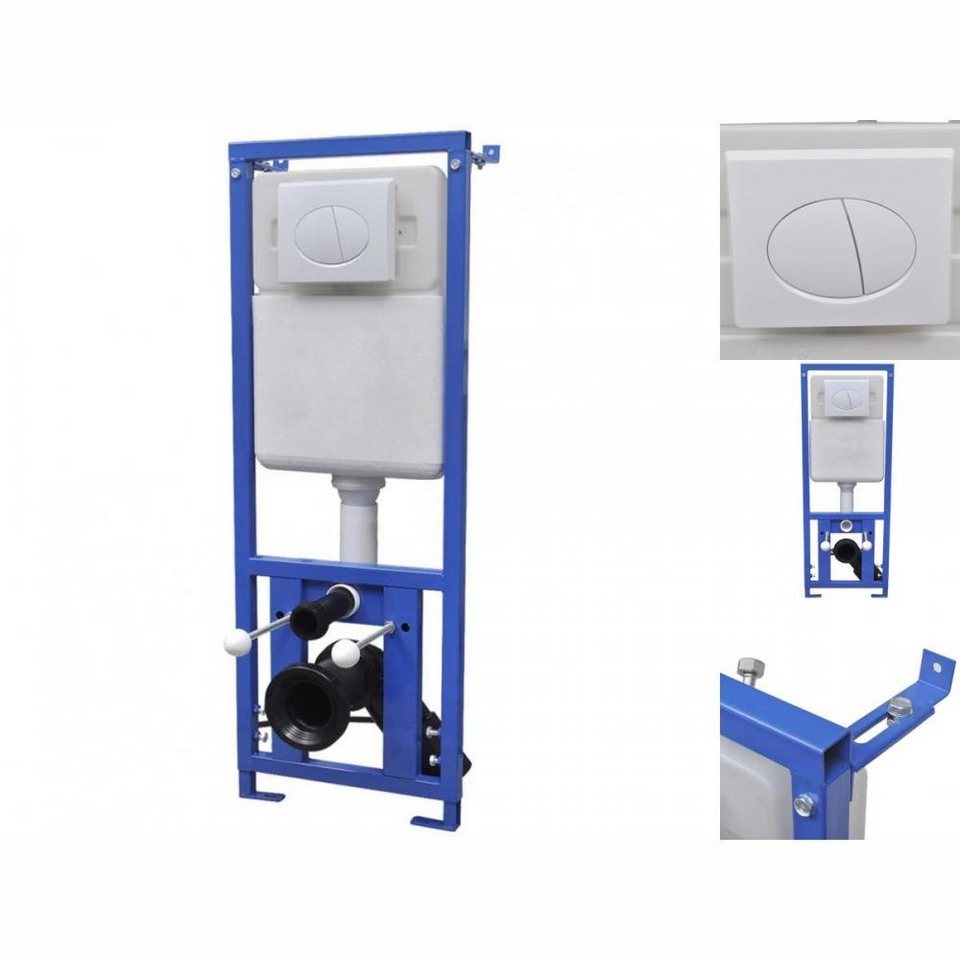

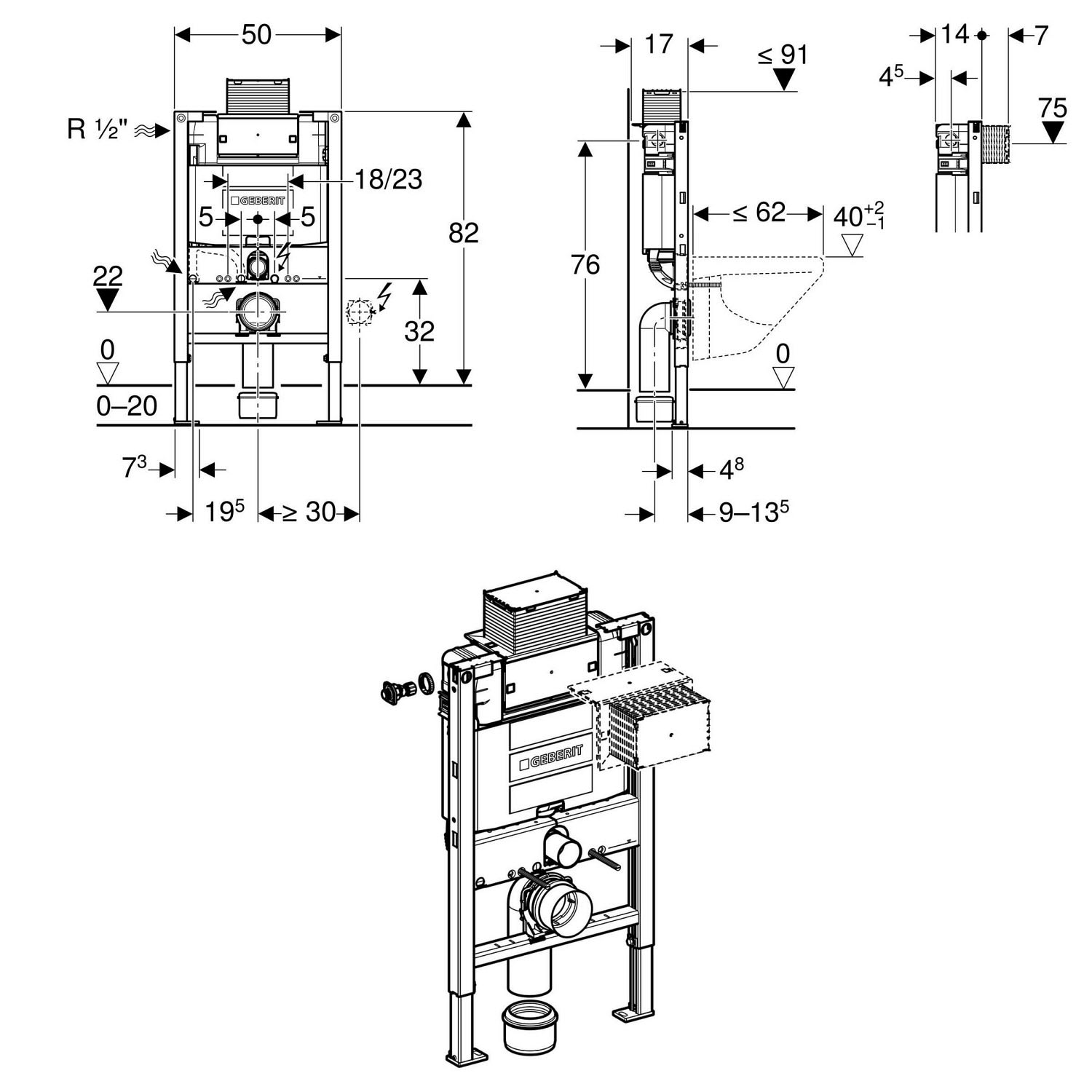
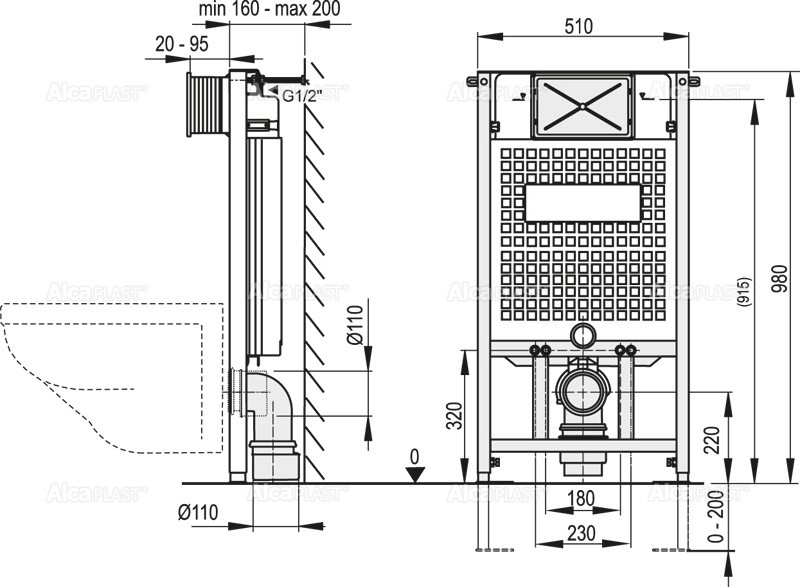
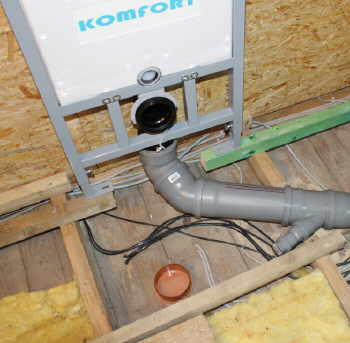
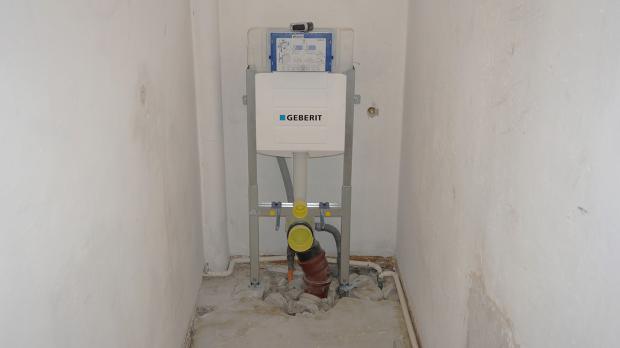



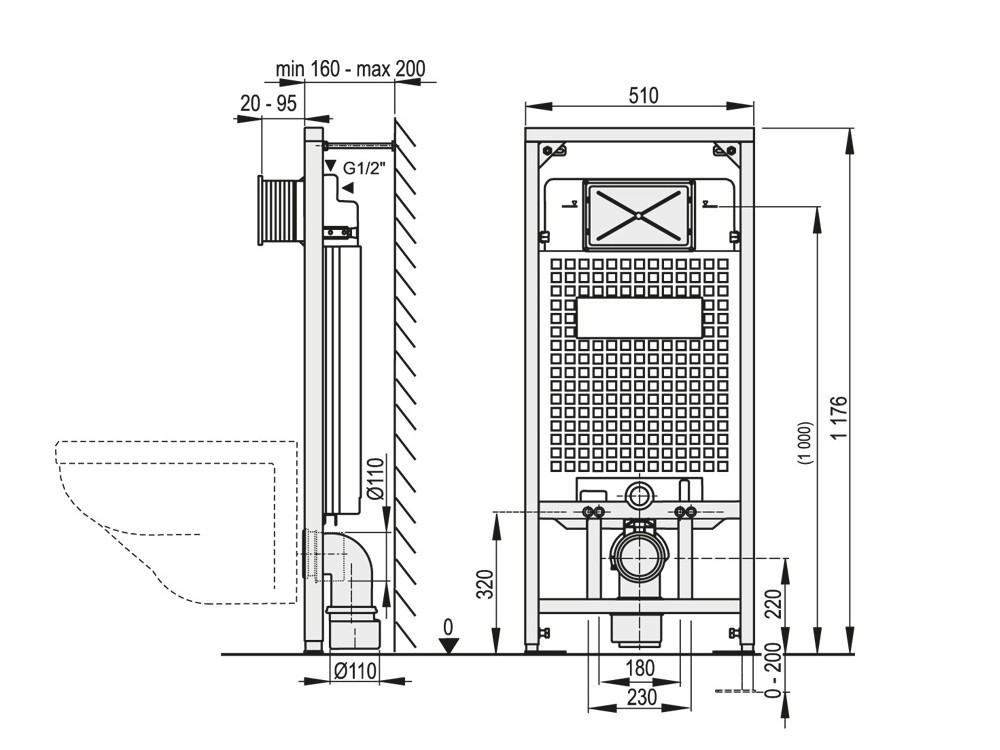
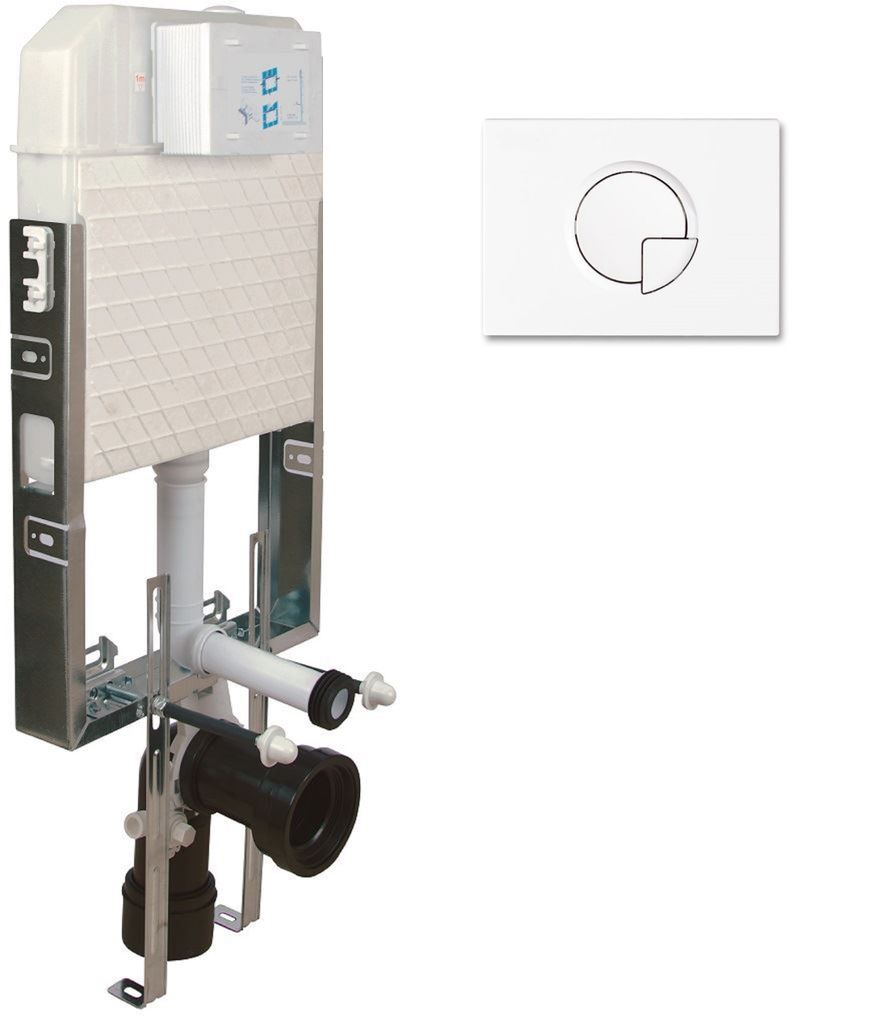
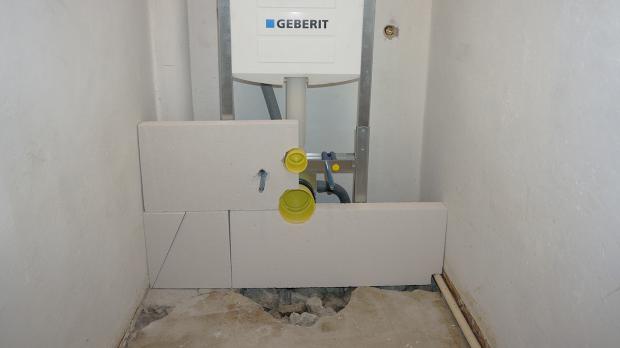



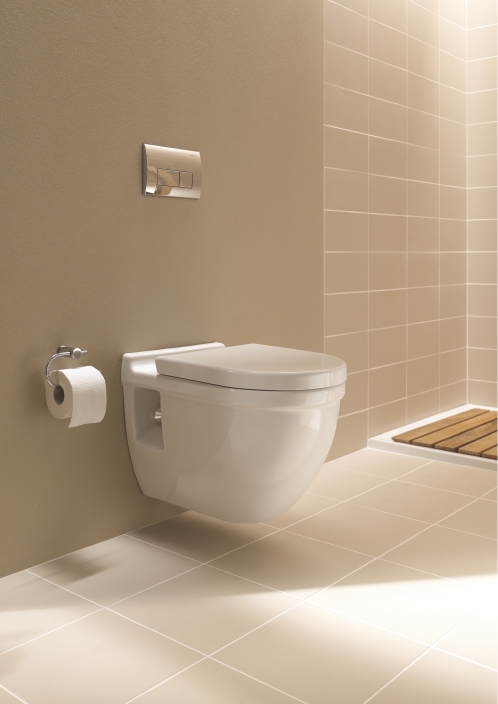




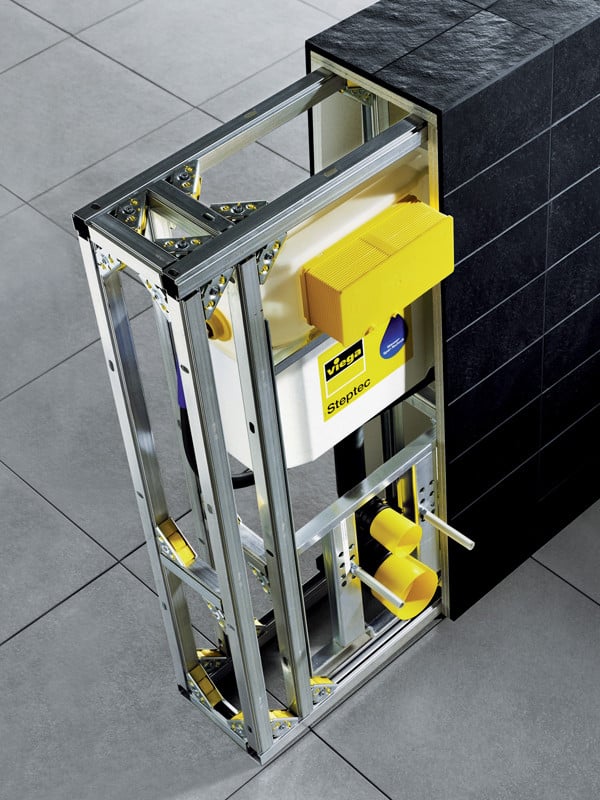


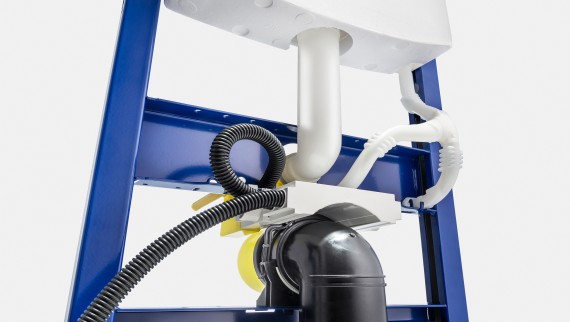


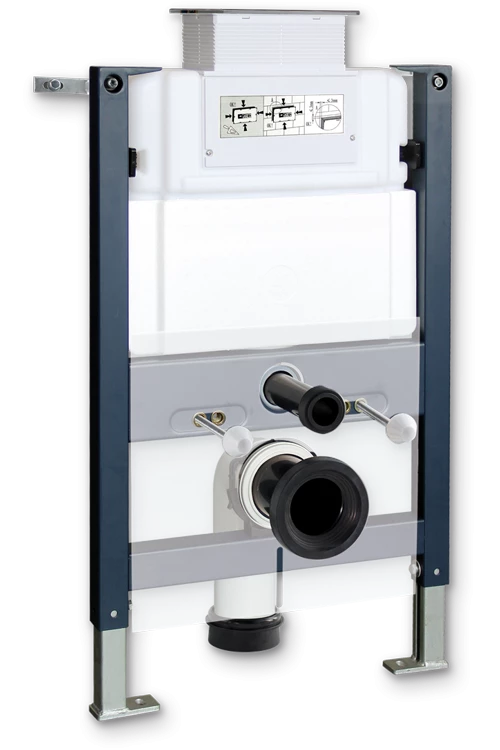

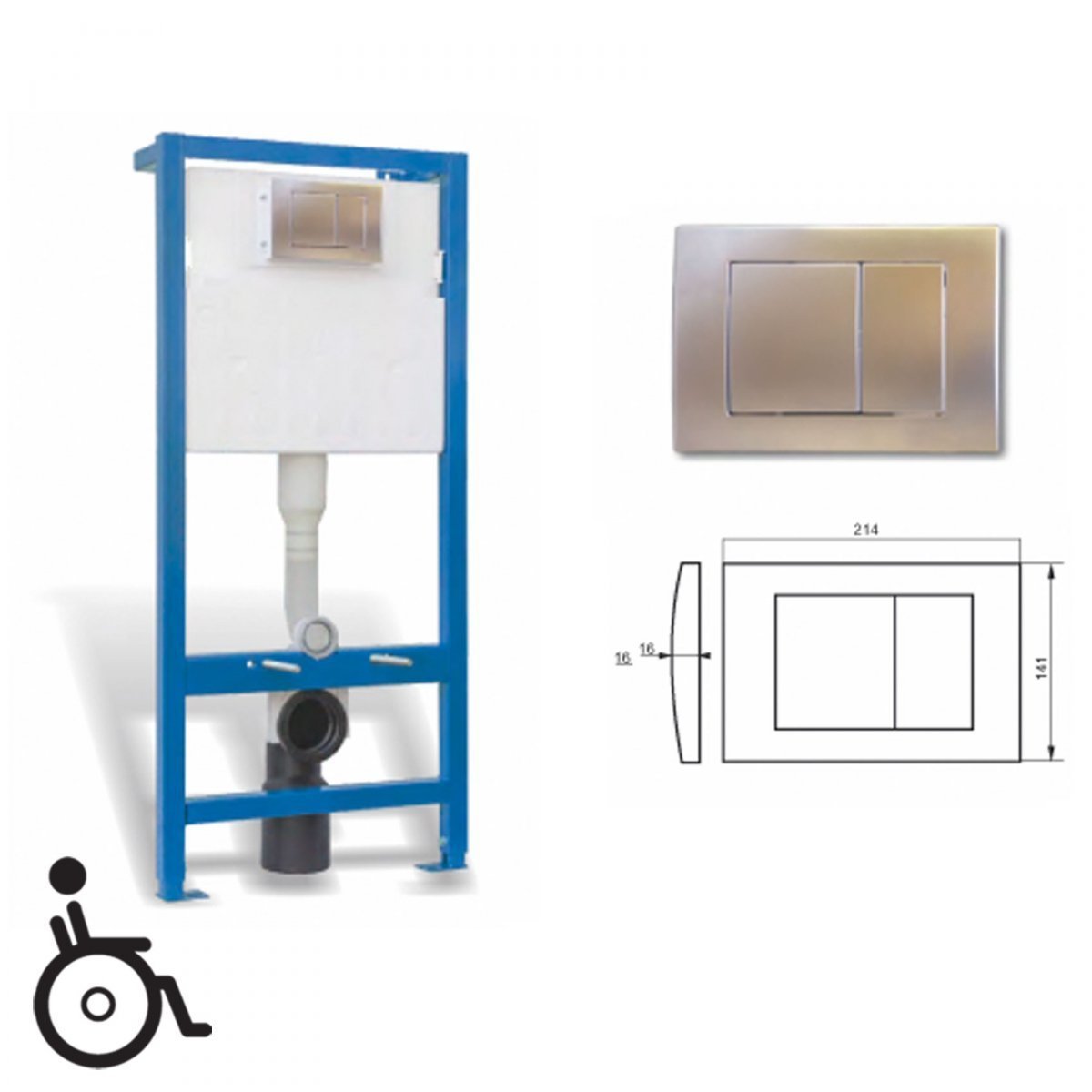

![Hänge WC mit Spülkasten Weiß glänzend [ONE-BATH] Hänge WC mit Spülkasten Weiß glänzend [ONE-BATH]](https://www.one-bath.de/cdn/lifa-slim-54-wg-up100/md/haenge-wc-mit-geberit-spuelkasten-komplettset.jpg)

